Nearly all world industries rely heavily on maritime shipping. Former Secretary-General of the United Nations Ban Ki‑moon once quipped, “Maritime transport is the backbone of global trade and the global economy.” Maritime shipping is also considered one of the safest and most environmentally-friendly modes of goods transportation.
Due to the vastness of the oceans, safety has always been foundational to the shipping industry. The shipping industry was one of the first industries to implement comprehensive international safety standards set forth by the International Maritime Organization (IMO). This maritime safety guide condenses the many rules and regulations ensuring safety across marine waterways.
What is Maritime Safety?
Maritime safety is the collection of measures to protect life and property at sea. Specifically, the guidelines come from the International Convention for the Safety of Life at Sea (SOLAS). SOLAS provisions range from setting the frequency of ship inspections to implementing approved life-saving appliances. Crew member training and certifications also ensure that sailors follow best practices and protocols at sea. IMO generally oversees international shipping safety matters, but the organization is also responsible for preventing marine and atmospheric pollution.
Risks Faced by Maritime Workers
Maritime workers are exposed to many risks while on duty. According to the CDC, the marine transportation industry recorded 87 fatal injuries between 2011-2017, almost six times the rate of all U.S. workers. During the same period, U.S. Bureau of Labor Statistics data shows 11,000 non-fatal maritime injuries.
The main risks faced by maritime workers include:
Accidents
Life at sea is unpredictable and often dangerous. Maritime workers can have life-threatening accidents every day while at work. Poorly placed objects on the ship’s decks can cause obstruction or slip and fall injuries.
Respiratory diseases and cancer
Maritime workers are often exposed to fumes, asbestos, heavy metals, and solvents, leaving them vulnerable to respiratory diseases. Shipyard workers and welders are also at high risk for cancer due to airborne hazardous materials in their workplace.
Fires and explosions
Fires and explosions can cripple a vessel, causing the loss of life, property, and goods. In the enclosed spaces of a ship, fire can spread rapidly. Fire prevention, detection, and extinction regulations seek to avoid total devastation, but accidents can still happen.
Falling objects
Loose objects like wrenches can fall from elevated platforms and pose a danger to the people below. Given the unpredictability of a rolling ship, any unsecured item can be a hazard.
Extreme temperatures
Exposure to extreme temperatures on a ship can cause fatigue, dehydration, high body temperature, and hypothermia.
Maritime Safety Rules and Standards
The STCW Standard of Training, certification and watch-keeping regulates the level of competence crew members need to join merchant vessels. The STCW entails training and certification, adherence to standard hours of work and rest, medical requirements, and more. The convention is a must-read for all maritime personnel. Its maritime safety rules and standards include:
- International Safety Management Code: The regulations list safe management practices to ensure maritime safety and prevent pollution. It’s a foundational code of the SOLAS Convention, which regulates the safe management of shipping operations. It’s also an essential code for shipping owners, operators, companies, and maritime institutions.
- Safety of Life at Sea (SOLAS): The SOLAS code protects maritime personnel and the sea. It describes the required safety rules for all merchant ships.
- Life-Saving Appliance Code ( LSA): The International Maritime Organization provides international requirements for life-saving tools and appliances such as life jackets, immersion suits, visual aids, and thermal protectives.
- Procedure For Port State Control: This procedure is done at nearly all ports worldwide. It sets the protocol for inspecting foreign ships to maximize sea safety while also controlling maritime pollution.
- Fire Test Procedures: This code provides the international standards for the various categories of approval, laboratory testing, and fire test guidelines for products quoted in SOLAS chapter II. The code has multiple tests such as surface flammability, smoke, toxicity test, and non-combustibility. The procedures also have the global requirements for non-combustibility, smoke, and toxicity tests of A, B, and F class divisions. It also regulates fire door control systems and surface flammability tests.
- Cargo Security and Storage Code: This code sets safe working conditions for securing containers on the ship’s deck and safe ship storage measures for motor vehicles.
International Maritime Solid Bulk Cargo Code and Supplement
The International Maritime Solid Bulk Cargo Code covers the safe storage and shipment of solid bulk cargo. This code covers shipping risks for different solid bulk cargoes and outlines measures for shipping that solid bulk cargo.
Load Lines Convention
The Load Lines Convection regulation outlines a ship’s freeboard length and the stability of the ship. It also covers potential risks for different zones and seasons. The code primarily ensures that ships’ hulls are watertight below the freeboard deck.
International Aeronautical and Maritime Search and Rescue Manual (IAMSAR)
The Civil Aviation Organization and International Maritime Organization jointly publish a manual of mobile facility emergency search and rescue procedures. The manual should be on board all ships.
Collision Regulations ( COLREGs)
COLREGs work to prevent ship collisions. It is an essential guide for ship navigation.
MARPOL
The MARPOL regulates marine pollution and dangerous substances emitted from a ship.
| Common Security Issues | Future Security Threats in the Maritime Industry |
|---|---|
|
Common current maritime security issues include:
|
Maritime security is constantly changing. In the future, the industry faces risks like:
|
Taking Maritime Safety Seriously
The safety of any ship is reliant on the awareness and diligence of every crew member, but the vessel security officer (VSO) handles daily tasks that are specifically focused on security and accident prevention. It’s a serious job that requires a deep understanding of the vessel, the crew, and, of course, the many dangers of living life at sea.
Some of the tasks that the VSO is responsible for include:
- Training the crew for emergency situations
- Reporting and responding to security incidents onboard
- Regular vessel inspections and recommendations for modification and repair
- Monitoring and overseeing security equipment and procedures
- Managing the coordination and movement of cargo
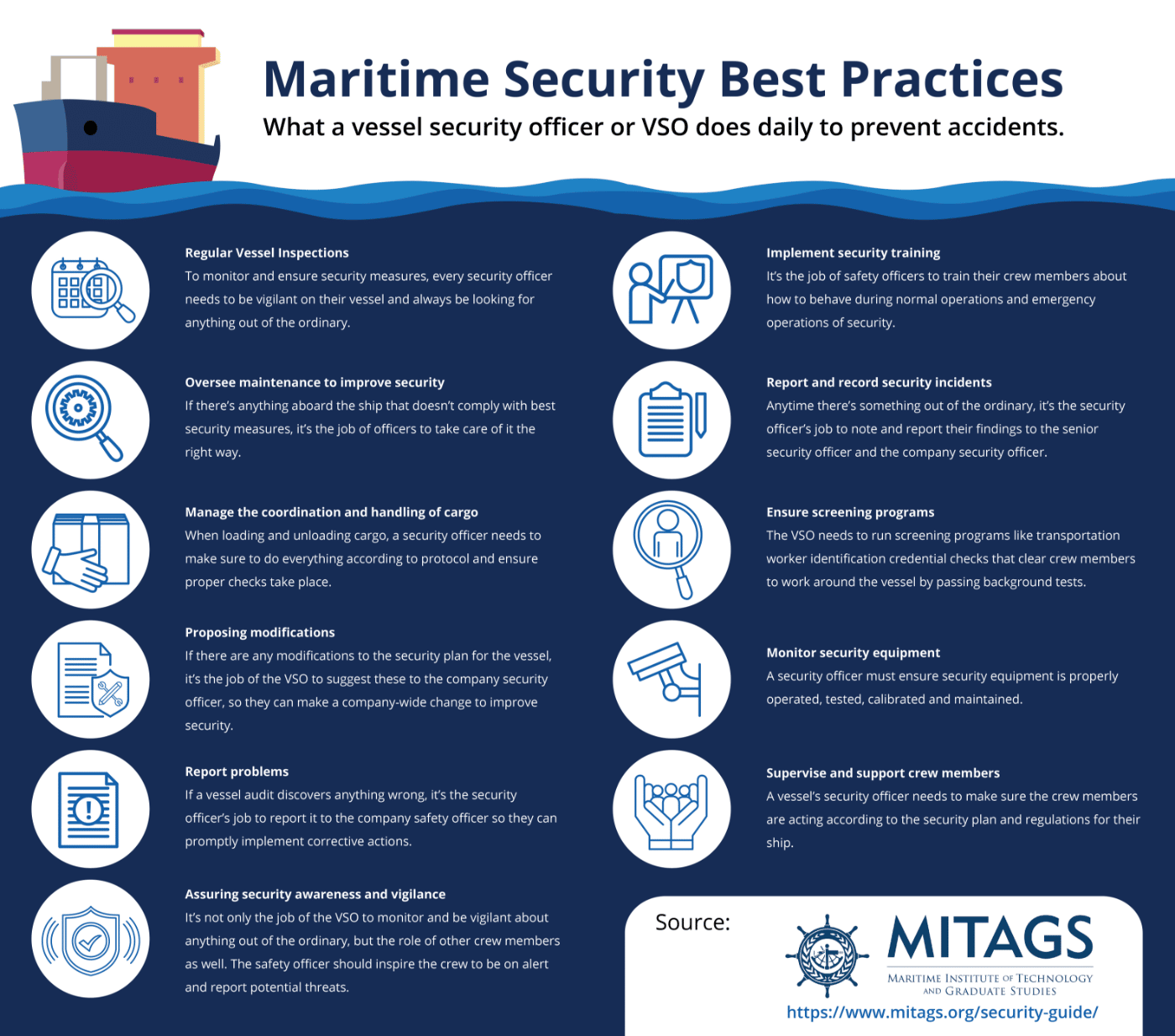
Safety Tips
To ensure a safe sail, here are some helpful tips:
- Encourage situational awareness, staying alert to the ship environment.
- Ensure good visibility and be attentive when moving cargo or when lifting equipment.
- Report any mechanical malfunctions, electrical breakdowns, spills, or other abnormal incidents.
- Always follow safety procedures. Wear recommended safety equipment, including helmets, shoes, goggles, etc.
- Always ready yourself for work.
- Report any illness. Do not work while injured, tired, or nauseous.
- Learn maritime safety information from relevant training sessions.
Maritime Safety Guidelines Consultation
The maritime lawyers at Lanier Law are well-versed in maritime law. Whether you want to consult about your maritime business or need representation in a maritime case, look no further. Contact Lanier Law today.

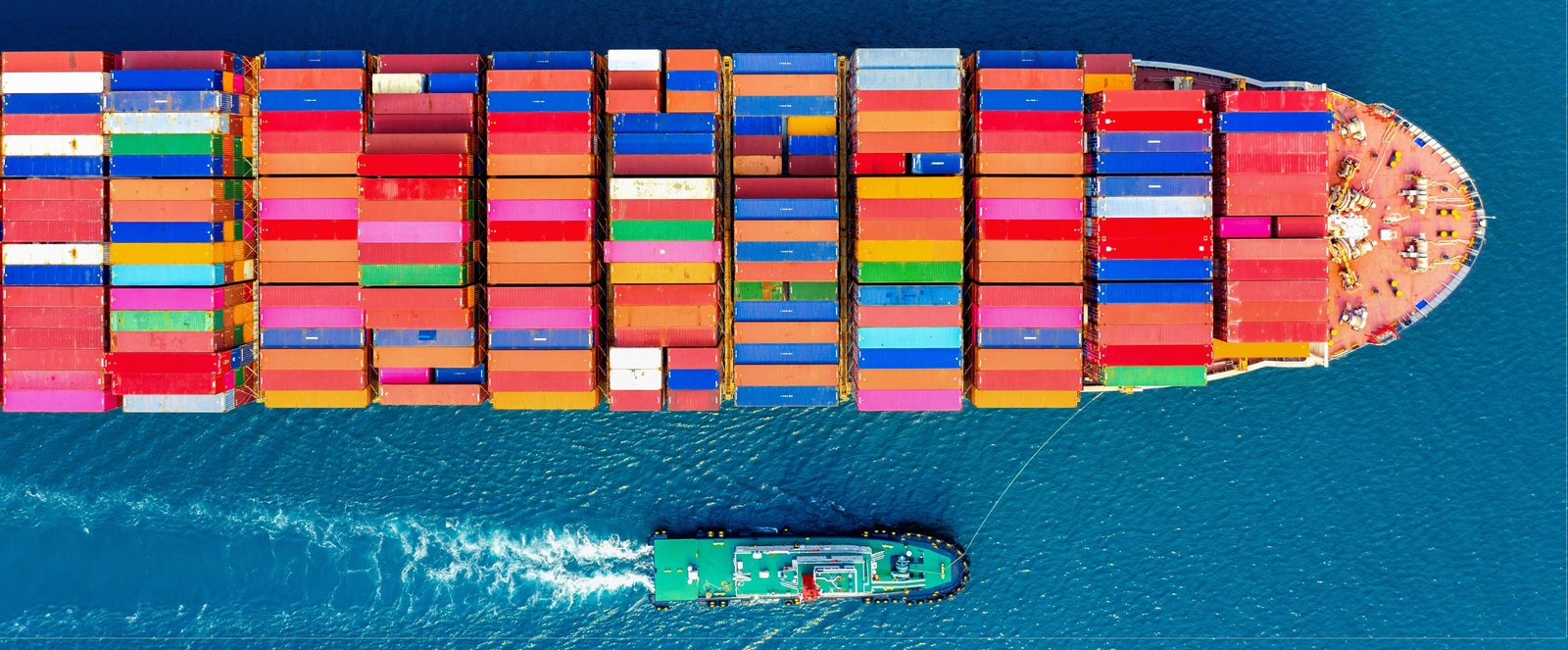
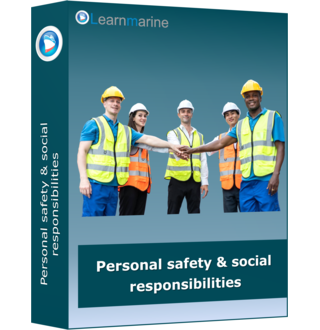
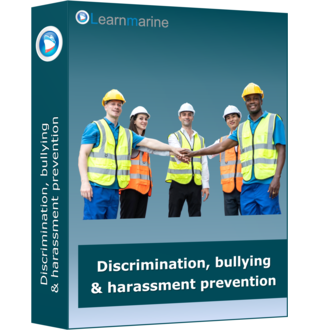
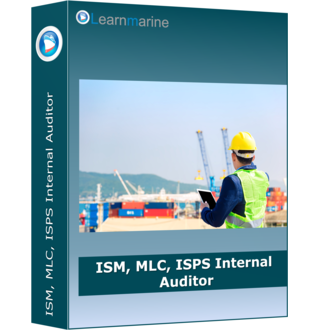


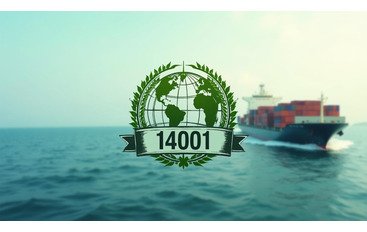
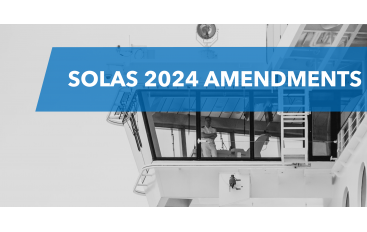
Comments